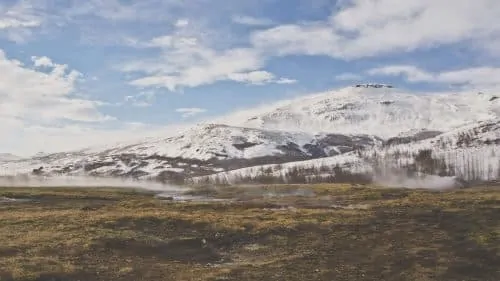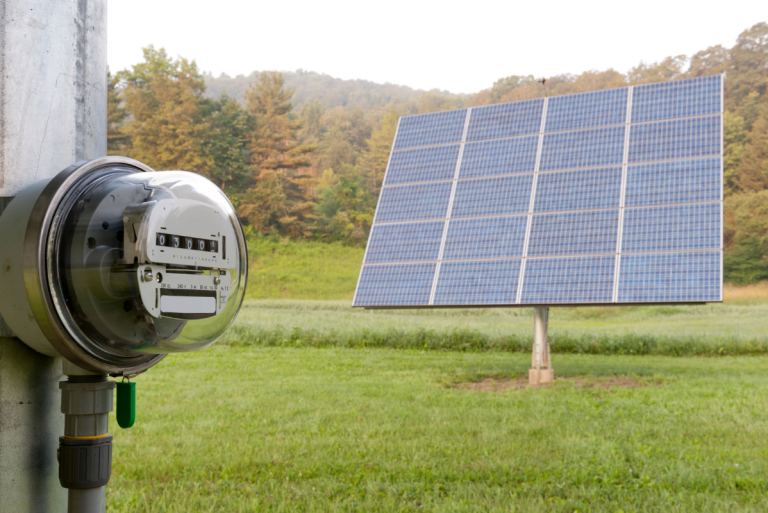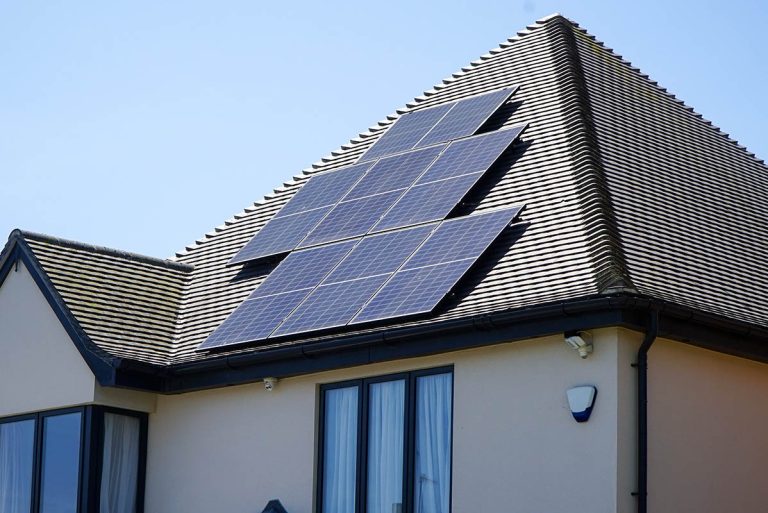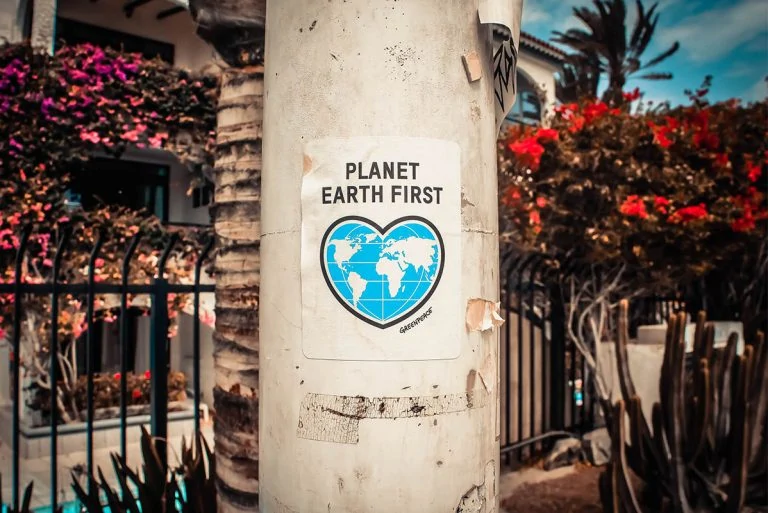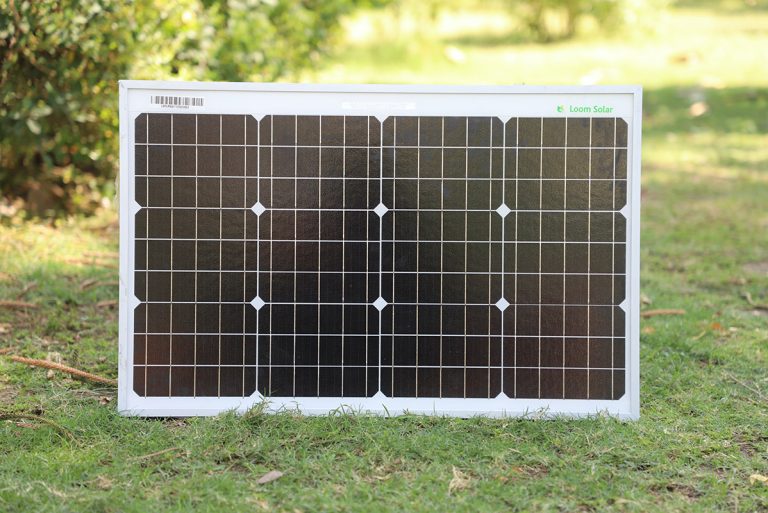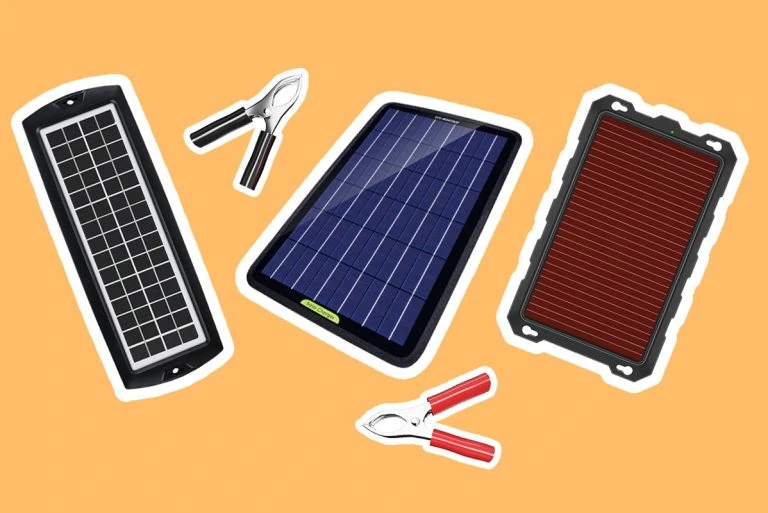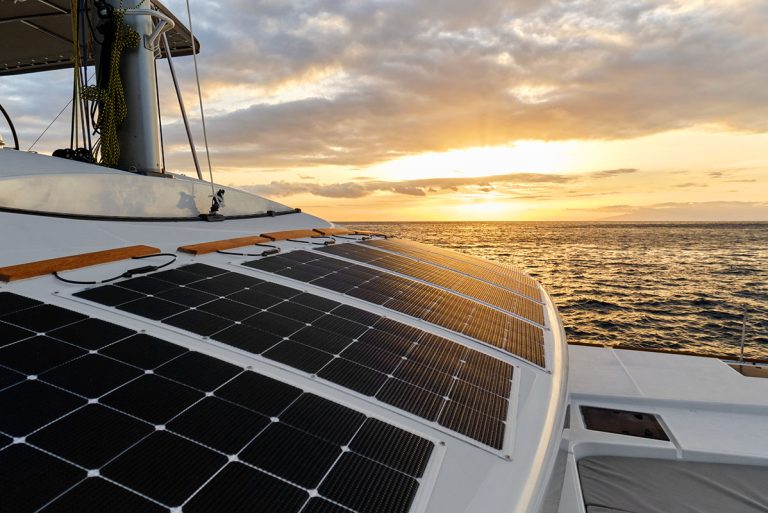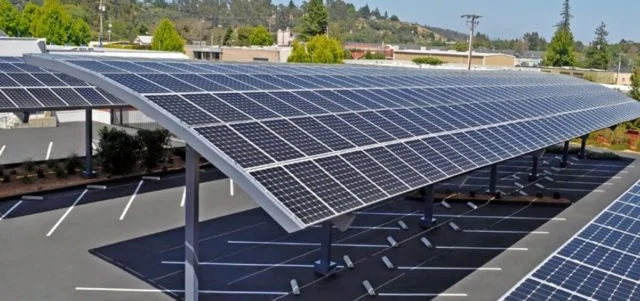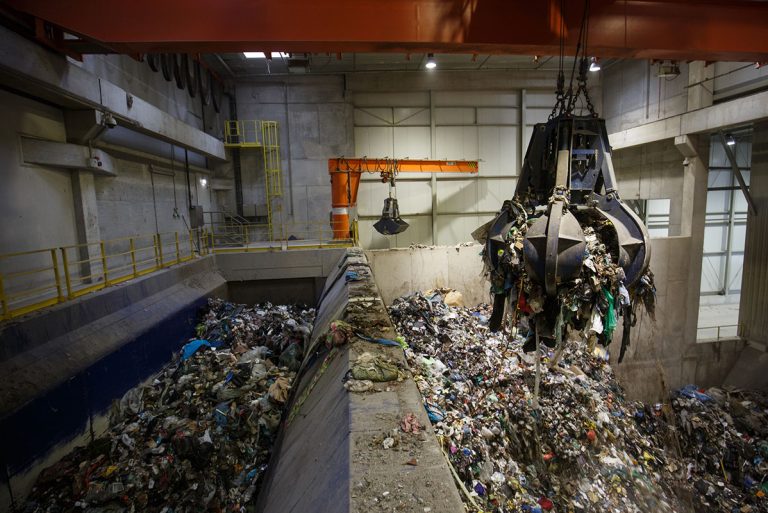Geothermal energy can be a great addition to any home for energy, heating and power. Let’s evaluate the pros and cons of geothermal energy.
Pros and Cons of Geothermal Energy
Every day, there is a rising need for an alternative energy source that is more clean and renewable. It can be quite helpful in our fight against global warming.
Geothermal energy is one of the most efficient renewable sources of energy. It’s essential to weigh the pros and cons of geothermal energy to determine whether it would be worth embracing it relative to the conventional energy sources.
Early American Indians utilized hot springs as their primary source of hot water. They used the hot water to meet their cleaning, cooking and other basic needs. Natural resources are the most abundant source of clean and renewable energy. Geothermal energy is one of them. Before we look at some of the geothermal pros and cons, let’s first have a look at the geothermal definition.
What is Geothermal Energy?
So, what is geothermal energy? Geothermal energy is the energy formed by the heat found in the core of the earth. Geothermal power plants make use of the steam produced from the hot water reservoirs which are found miles below the Earth’s surface to harness energy.
In addition, geothermal energy is a highly versatile energy resource. Worldwide energy consumption, which is around 15 terawatts, can be harnessed by the energy stored in the earth’s core for ages without depletion.
Here are some of the geothermal energy pros and cons:
Geothermal Pros
Let’s evaluate the advantages of geothermal energy.
Eco-friendly
One of the best geothermal advantages is that it is environmental-friendly. Since geothermal power plants involve no combustion, it does not cause carbon footprint which can result in environmental pollution.
Research shows that an average geothermal power can release approximately 122kg CO2 for each megawatt (MWh) of electricity produced.
It is equivalent to an eighth of the carbon emissions linked to a common coal power plant. So, geothermal power is eco-friendly compared to most sources of energy.
Renewable/non-depletable
Another advantage of geothermal energy is that it is non-depletable. The reservoirs of geothermal are from natural resources that are replenished naturally and can last for billions of years.
Unlike the conventional sources of energy such as coal and fossil fuels, geothermal energy is a sustainable source of energy provided the reservoirs are properly managed.
Reliable/stable
Unlike some other energy sources, geothermal energy can be generated 24/7 regardless of the ever-changing weather pattern. It is possible to accurately predict the power output of a geothermal power plant, unlike solar and wind energy which is affected by climates. Geothermal energy is, therefore, a stable and continuous reliable source of clean energy.
It can meet the baseload demands of energy. Since it can be ramped up or down depending on the power needs, it can supplement the integrity of the grid power.
Besides enhancing the efficiency of the whole system, it produces clean and reliable power. Geothermal energy also achieves high capacity factor which is the measure of actual output over a given period and is very close to the total installed capacity.
It is usually at or more than 90% which is on par with or above other baseload sources of power including coal and nuclear power plants and much larger than the intermittent sources. Geothermal energy generation is also highly scalable.
Boosts economic growth and development
Geothermal power production creates job opportunities which spur economic growth and development. In regions where there is high unemployment rate, geothermal power generation opens up a variety of job opportunities.
Since geothermal power provides low-cost renewable power with long-term fixed power prices, it makes economic sense. Consequently, it helps reduce price volatility, avoid price spikes as well as energy crises which can result in severe financial penalties on local communities and businesses.
Also, it can help free up more valuable and portable resources for higher markup export to different markets around the world. Geothermal power is increasing exports overseas.
Promotes national security
Another advantage of geothermal energy is that it creates national security. Since geothermal energy does not require carbon-intensive fuel to operate, geothermal energy can replace fossil fuels. It provides an ideal alternative source of energy which consequently helps reduce high reliance on foreign fuel markets.
Electricity is a huge part of the economy since it used in a variety of activities including manufacturing, commercial, and agricultural and more. Geothermal energy reduces large dependence on alternative thermal energy such as propane, natural gas, oil, and electricity. With geothermal energy, the country economic future is secure while conserving the environment.
Excellent for geothermal heating and cooling
Since geothermal power production provides stable baseload power to the power grid, geothermal heat pumps are heating and cooling businesses and homes in the U.S and around the globe. Geothermal for homes helps heat and cool homes depending on the prevailing temperatures and with little maintenance. This ensures high level of energy efficiency.
Now, let’s look at some of the geothermal disadvantages:
Geothermal Cons
Let’s evaluate the disadvantages of geothermal energy.
Significant Amounts of Pollution
Below the earth’s surface, there is an abundance of greenhouse gases which mitigates as they rise towards the earth’s surface and into the atmosphere. The GHG emissions tend to increase closer to geothermal power plants. Besides that, geothermal power plants are also connected to silica emissions and sulfur dioxide.
The reservoirs can also contain elements of heavy metals such as mercury, boron, and arsenic. However, the pollution caused is minimal and not anywhere close to the ones produced by the coal and fossil fuels.
Costly
Creating the commercial geothermal power projects is very expensive. Drilling and exploring new reservoirs is quite expensive. It may cost from $2 to $7 million for a geothermal power plant with a 1 megawatt (MW) capacity.
To develop the heating and the cooling system of the geothermal power plant requires very high upfront costs. However, the system can be considered a long-term investment since it can save us money years down the line.
Earth/surface instability
Another disadvantage of geothermal energy is that it causes earthquakes. The geothermal power plants construction can affect the lands’ stability. Hydraulic fracturing is an intrinsic part of building enhanced geothermal system and power plants, but it triggers earthquakes.
Locality specific
Some countries are well endowed with vast resources while others are not. Significant energy losses must be taken into account if geothermal energy is to be conveyed across long distances which can occur only using hot water.
Sustainability issues
When rainwater leaks through the surface of the earth into the reservoirs of the geothermal power plant, they can deplete if the fluids are removed faster than they are replaced.
If efforts are not made to inject the fluid back into the geothermal reservoir, the reservoirs may become unsustainable. The geothermal reservoirs should be managed appropriately to achieve its maximum potential.
Conclusion on Pros and Cons of Geothermal Energy
If we weigh the pros and cons of the geothermal energy, the advantages overshadow the disadvantages. Geothermal energy is thus one of the best sources of energy.
We should, therefore, seek ways to reduce the massive upfront fees that stop us from embracing it and realizing its full potential. Love learning about renewable energy?
What do you think are the pros and cons of geothermal energy? Please let us know in the comments below. We’d love to hear from you.
See Related Renewable Energy Posts:
- Facts About Anaerobic Digestors
- Pros and Cons of Tidal Wave Energy
- Pros and Cons of Hydroelectric Power
Green Coast is a renewable energy blog community that will help you learn about renewables, energy efficiency and green living. Follow our blog to learn the very best in renewable energy.
